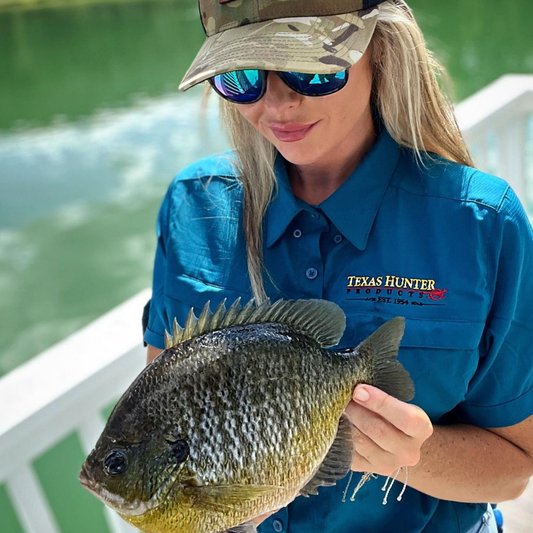Moon phases, water sources, travel patters, land management...seems like there are countless aspects to focus on these days when attempting to harvest a buck big enough to brag about on Instagram. However, many hunters overlook one critical factor that can greatly influence the size and quality of the bucks they pursue - nutrition. Proper nutrition is essential to growing bigger bucks, and in this blog post, we'll explore why that is and how hunters can use this knowledge to their advantage.
Firstly, let's discuss what nutrition means in the context of deer. Unlike the average hunter who lives off of Little Debbies and last years deer jerky, Deer require certain nutrients to survive and grow. These include protein, carbohydrates, fats, vitamins, and minerals. However, not all habitats provide the same level of nutrition, and factors such as soil quality, climate, and vegetation can all impact the availability and quality of the nutrients deer need.
In general, deer require high levels of protein for growth and development, particularly during antler growth. Antlers are made of bone, which is composed of protein and minerals, so a diet lacking in these nutrients will result in smaller and weaker antlers. However, protein is not the only important nutrient - carbohydrates are necessary for energy, while fats, vitamins, and minerals all play critical roles in various bodily functions.
Now, let's dive into the specific ways in which proper nutrition can impact the growth and size of bucks.
Antler Size and Quality
As previously mentioned, antlers are primarily made of bone, which requires protein and minerals for growth and strength. Studies have shown that bucks with access to high-quality nutrition during antler growth produce larger and more complex antlers than those with poor nutrition. In fact, a study by the University of Georgia found that bucks fed a diet with 16% protein during antler growth had antlers that were 12% larger than those fed a diet with only 8% protein. Additionally, the bucks on the higher protein diet grew larger bodies, indicating overall better nutrition.
Body Size and Health
Proper nutrition not only impacts antler growth but also the overall size and health of bucks. Bucks with access to high-quality nutrition during their early life stages (i.e., fawn and yearling) grow larger bodies and have better immune systems than those with poor nutrition. This can be attributed to the fact that nutrition is critical to bone and muscle development, which in turn impacts overall body size and strength.
Reproductive Success
Nutrition can also impact a buck's reproductive success. Bucks with better nutrition have higher testosterone levels, which is important for antler growth and also impacts their ability to compete for mates during the rut. Additionally, does with better nutrition during pregnancy and lactation produce healthier fawns, which can improve the overall health and genetic quality of the deer population.
So, we know that proper nutrition is important for growing bigger bucks, but how can hunters use this knowledge to their advantage? Here are a few tips:
Scout for areas with high-quality nutrition -
- Supplement with protein - Consider supplementing natural vegetation with high-quality protein sources, such as a protein feeder from Texas Hunter or Capsule Feeders. This can help ensure deer have access to the nutrients they need for optimal growth.
- Practice selective harvest - Harvesting only mature bucks with large antlers can help improve the overall genetic quality of the deer population, but it's important to ensure that enough does are harvested as well. This can help balance the sex ratio and reduce competition for resources.
- Creat food plots or search for areas with diverse vegetation and high protein sources, such as clover or soybeans. These areas are likely to draw a higher concentration of deer, and more importantly, mature whitetails.
In conclusion, proper nutrition is critical to growing bigger bucks, and hunters can use this knowledge to their advantage by scouting for areas with high-quality nutrition, supplementing with protein, and practicing selective harvest. By focusing on nutrition, hunters can grow bigger bucks, healthier deer herds, and have a more successful hunting experience.




